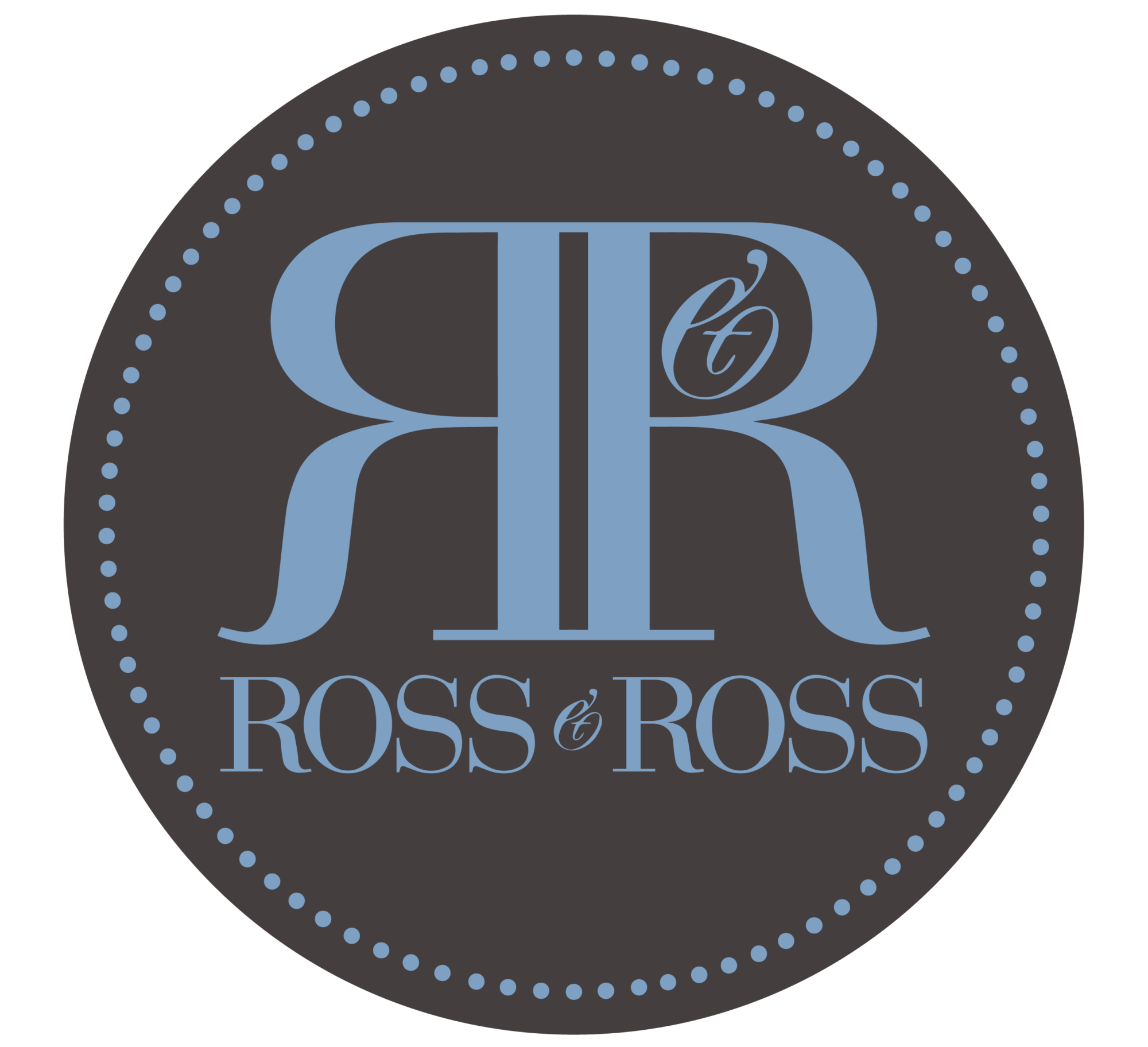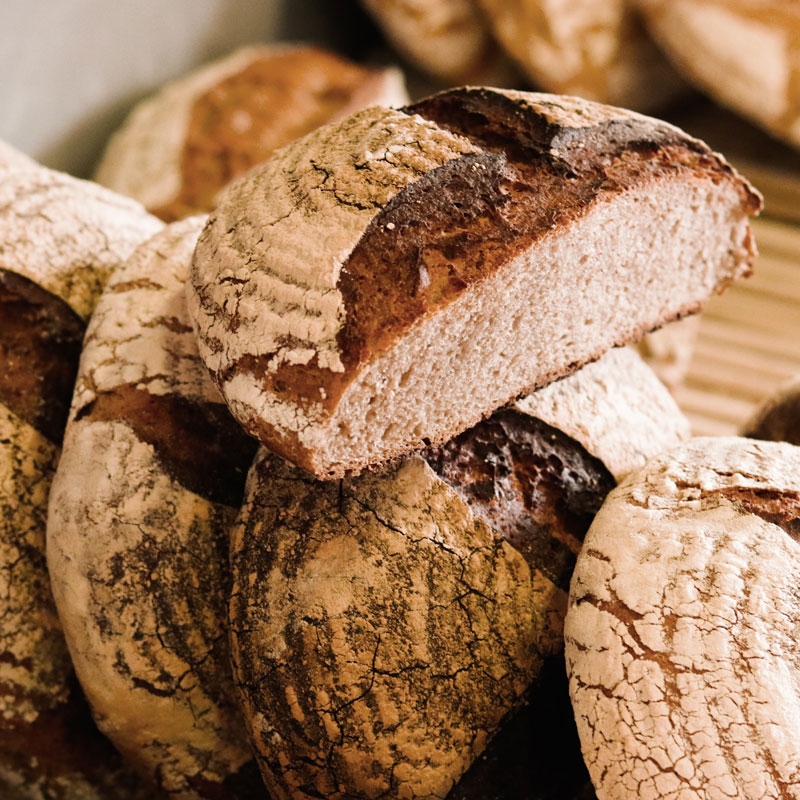This month, Sourdough September celebrates the unique flavour of sourdough bread with the help of the Real Bread Campaign.
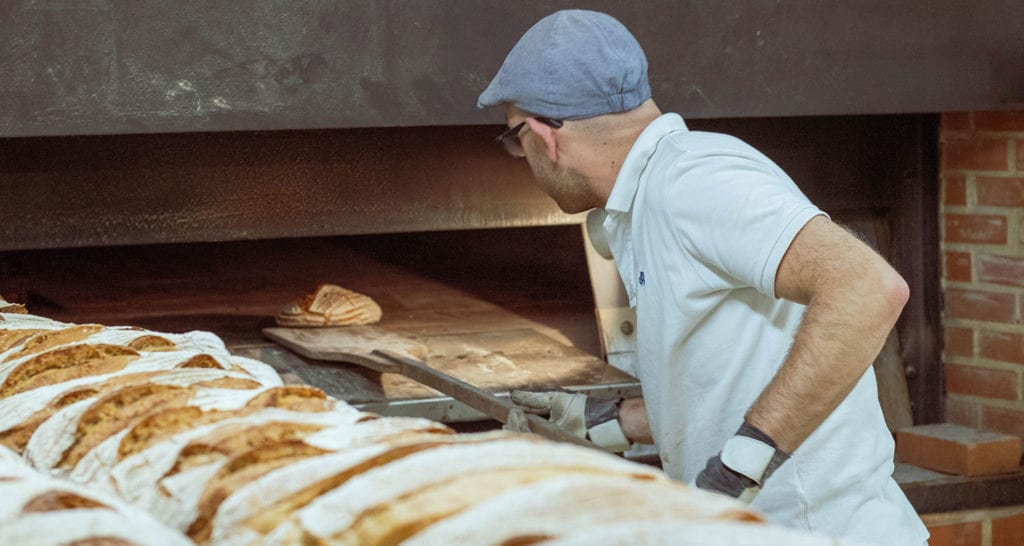
All rise for Sourdough September, a celebration of using fermented dough to create delicious tangy loaves. We are huge fans of sourdough here at Ross and Ross, choosing to incorporate it into our celebratory spreads for our clients. It’s versatile, delicious and has the added bonus of staying fresh longer than traditional loaves. Artisan bakers are constantly creating delicious variations on the traditional sourdough loaf and it is actually easier than you think to make your own sourdough starter at home.
We source our sourdough loaves from Mark at Cotswold Bakery. The unique flavour and texture of Mark’s sourdough is down to the flour he uses, the dough temperature, length of fermentation and how it is handled. It is all a carefully considered balance the bakery is founded upon.
What is sourdough bread?
Sourdough bread is made by fermenting the dough with naturally occurring lactobacilli and yeast. The result is a dough with a uniquely sour taste that is reflected in the baked loaf. The lactic acid produced by the lactobacilli is a natural preservative, ensuring that your sourdough will be fresh for a few days. The earliest records of sourdough bread date back to 3600 BC, whereas we have only been using baker’s yeast to leaven our bread since the end of the last century!
The most popular variety of sourdough bread and the one we see most often in shops and bakeries is the San Francisco sourdough. In the mid-1800s, French bakers were perplexed that they couldn’t replicate the same loaves that they’d been creating in Paris. The foggy climate of the Pacific coast was souring their yeast, and the San Francisco sourdough was born. It was originally believed that it could only be created within a 50-mile radius of the city, but scientists identified the bacteria responsible and named it after the city – Lactobacilli sanfranciscensis.
Sourdough breads are cultivated all over the world. Danish rugbrød, German pumpernickel, Mexican birote salado and Ethiopian inerja all rely on a fermented started to rise. Bakers after developing more gluten-free sourdough breads, as the leavening process can improve the flavour of wheat-free flours.
Making your own sourdough
In celebration of Sourdough September, why not treat yourself to a slice of fresh sourdough, fresh from the oven? If you have a great artisanal bakery on your doorstep, this may well be a regular occurrence. But if not, you can bake your own sourdough at home using our simple recipe. It takes five days to make your sourdough starter, but other than remembering to top it up, it’s not too tricky!
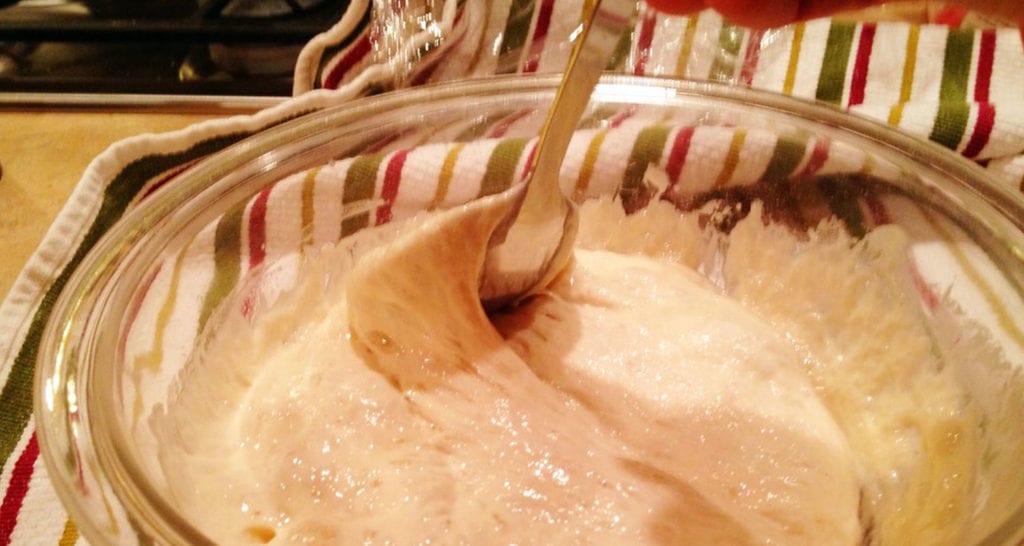
Creating your sourdough starter
Find yourself a large, clean jar with a securely fitting lid. Mix 2 tsp of strong white bread flour and 1 tbsp cold water inside. Seal the jar and keep it in a warm place overnight. Add 2 tsp flour and 1 tbsp water to the jar each day, then stir, seal and leave overnight. You’ll notice increasing amounts of bubbles forming on the surface of the starter each day. It should begin to smell yeasty and acidic- that’s the magic happening. If you continue to feed your starter and keep it warm, it’ll keep growing. But after five days, you’ll be ready to make your first loaf.
Ingredients
- 500g strong white flour, plus extra for dusting
- 1 tsp fine salt
- 1 tbsp clear honey
- 300g sourdough starter
- flavourless oil, for greasing
Method
- Tip the flour, 225ml warm water, the salt, honey and the starter into a bowl, or a mixer fitted with a dough hook. Stir with a wooden spoon, or on a slow setting in the machine, until combined – add extra flour if it’s too sticky or a little extra warm water if it’s too dry.
- Tip onto a lightly floured surface and knead for 10 mins until soft and elastic – you should be able to stretch it without it tearing. If you‘re using a mixer, turn up the speed a little and mix for 5 mins.
- Place the dough in a large, well-oiled bowl and cover with oiled cling film. Leave in a warm place to rise for 3 hrs. You may not see much movement, but don’t be disheartened, as sourdough takes much longer to rise than conventional yeasted bread.
- Line a medium-sized bowl with a clean tea towel and flour it really well or, if you have a proving basket, you can use this (see tips below). Tip the dough back onto your work surface and knead briefly to knock out any air bubbles. Shape the dough into a smooth ball and dust it with flour.
- Place the dough, seam-side up, in the bowl or proving basket, cover loosely with a sheet of oiled cling film and leave at room temperature until roughly doubled in size. The time it takes for your bread to rise will vary depending on the strength of your starter and the temperature in the room, anywhere from 4-8 hrs. The best indicators are your eyes, so don’t worry too much about timings here. You can also prove your bread overnight in the fridge. Remove it in the morning and let it continue rising for another hour or 2 at room temperature. The slower the rise, the deeper the flavour you will achieve.
- Place a large baking tray in the oven, and heat to 230C/210C fan/gas 8. Fill a small roasting tin with a little water and place this in the bottom of the oven to create steam. Remove the baking tray from the oven, sprinkle with flour, then carefully tip the risen dough onto the tray.
- Slash the top a few times with a sharp knife, if you like, then bake for 35-40 mins until golden brown. It will sound hollow when tapped on the bottom. Leave to cool on a wire rack for 20 mins before serving.
Adapted from BBC Good Food.
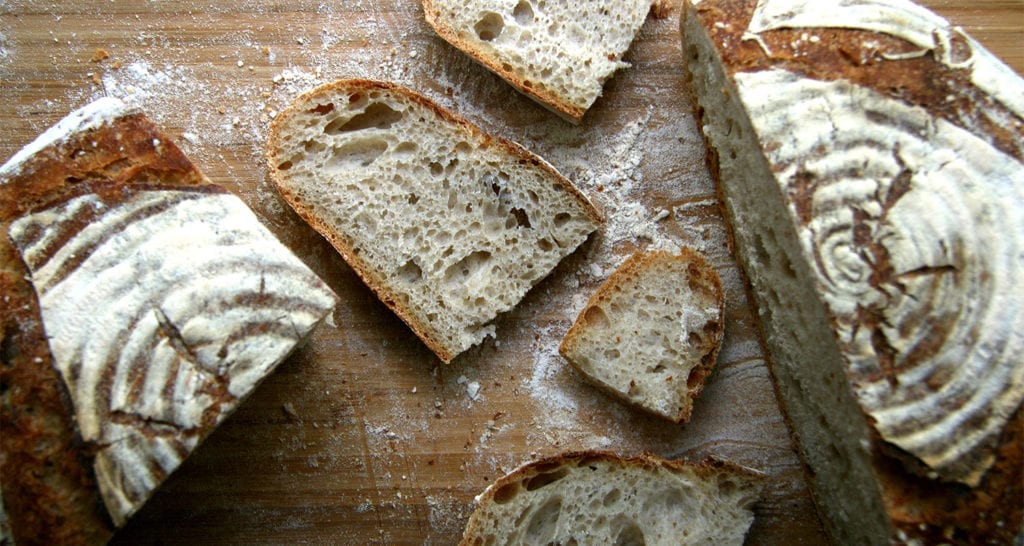
The Real Bread Campaign
Sourdough September is the brainchild of The Real Bread Campaign, and run by the charity Sustain: The alliance for better food and farming. They’re keen to make bread better for us and better for the planet. They define real bread as that made as simply as possible and without added preservatives, using traditional methods wherever possible. They also want to get more people back in the kitchen and baking their own loaves!
Need a little help getting started? The Bread Ahead Bakery offers a range of baking classes to help you brush up on your bread making skills. To celebrate Sourdough September, they are discounting all workshops and gift vouchers sales for their new Wembley site, by 25%.
Hungry for more?
You can taste some delicious locally sourced sourdough bread with our event catering.
